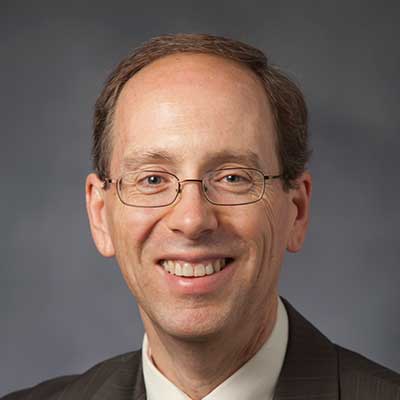
I stared at a blank piece of paper in front of me. I didn’t quite know what to write on it. No, it wasn’t a terrifying moment of mental paralysis during a test. It was something much more critical: trying to decide how the most important human institution on the face of the earth would engage in its most critical activity, its very lifeblood.
I was an intern in a church in Texas. My senior pastor had called me into his office and had me sit on the other side of his desk. The pastor pulled out two pieces of blank paper, keeping one for himself and handing one to me. “I’m tired of how we’ve been worshiping,” he said, “let’s do something different. What do you think we ought to do?” My senior pastor wanted him and me to craft a new order of worship for our congregation.
“What do you think we ought to do?” I didn’t realize it at the time, but in some ways the question he tossed at me over thirty-five years ago has been the question that has haunted me since. What should the church do in its worship? I have never been able to shake that fundamental question. Of course, he and I drafted a new order of worship, but even then I had some sense that there were resources for answering that question—to guide reflection on it—that went beyond the meagre creativity of two guys.
What should the church do in its worship? That question is the one that has driven me to become a worship historian. And I have become ever more convinced that knowing the history of Christian worship is one of those fundamental wells of wisdom that can help answer this foundational question about what this most important institution can do at its most critical moment. It is not the only source of needed information but it is an essential one.
It is often said that “those who cannot remember the past are condemned to repeat it.” That approach makes it seem like the main (only?) point of studying history is to avoid repeating past mistakes. This perspectives makes it sound like the only thing worship history would have to tell us is where previous Christian got it wrong. Thus, seemingly, knowing history lets us see where the yellow, do-not-cross tape is located, marking the do-not-enter danger zone of liturgical mistakes.
True, it can serve that purpose. But studying the history of Christian worship can do so much more. It can gives us ideas about what is truly essential on Sundays. It can suggest alternative ways to approach practices that have lost their meaning for us. It can disclose new ways of worshiping the Almighty. And, listening to the prayers of our past sisters and brothers in the faith, it can open our eyes to see new reasons for why we ought to love, adore, and praise God.
And so, if you’re ever faced with a blank piece of paper, let me introduce you to some friends of the past who were masters of casting their crowns before the throne of God.
Lester Ruth, professor of worship at Duke Divinity School, is a historian of Christian worship with particular interests in the early church and the last 250 years, especially the history of contemporary praise and worship. He is passionate about enriching the worship life of current congregations, regardless of style.
